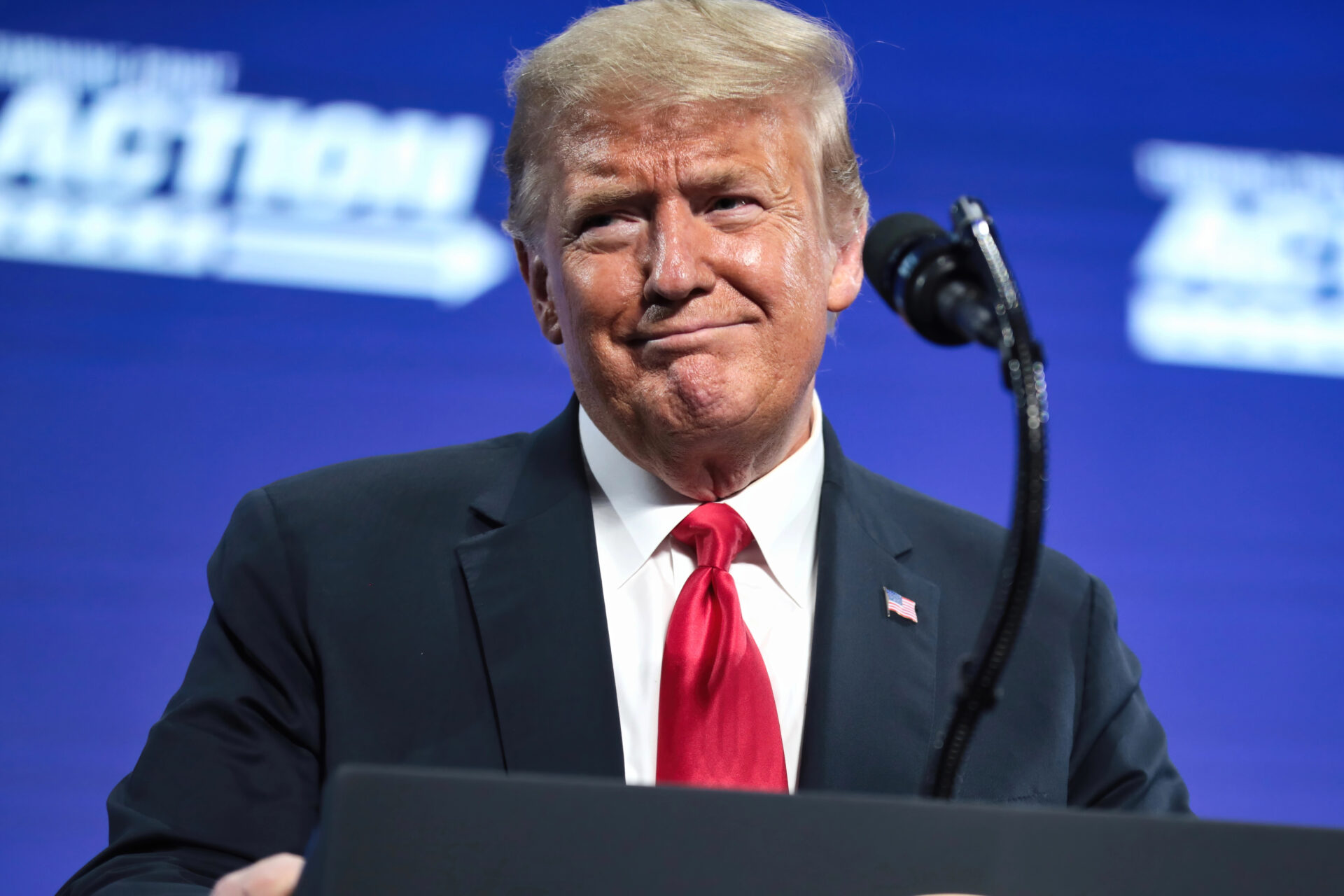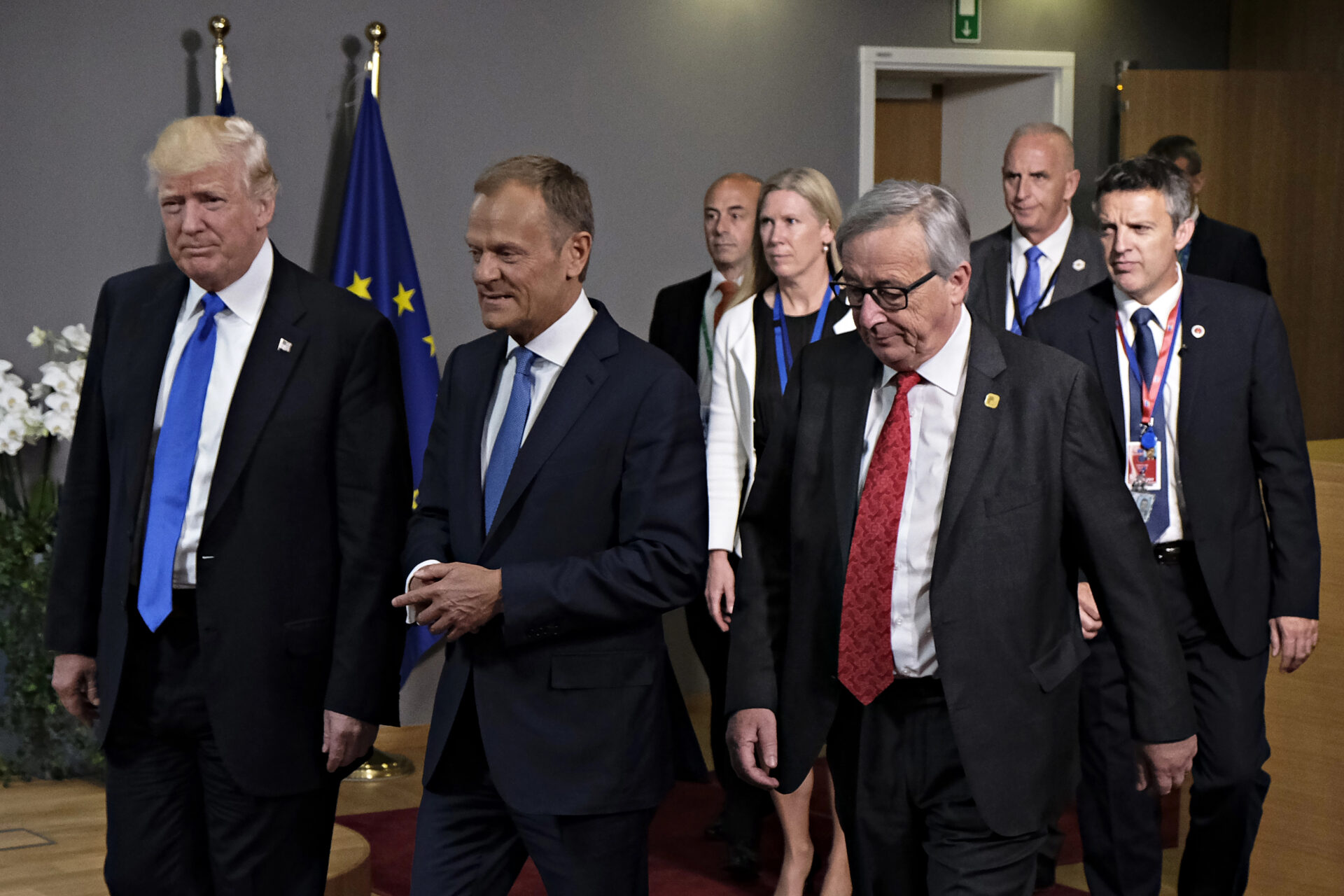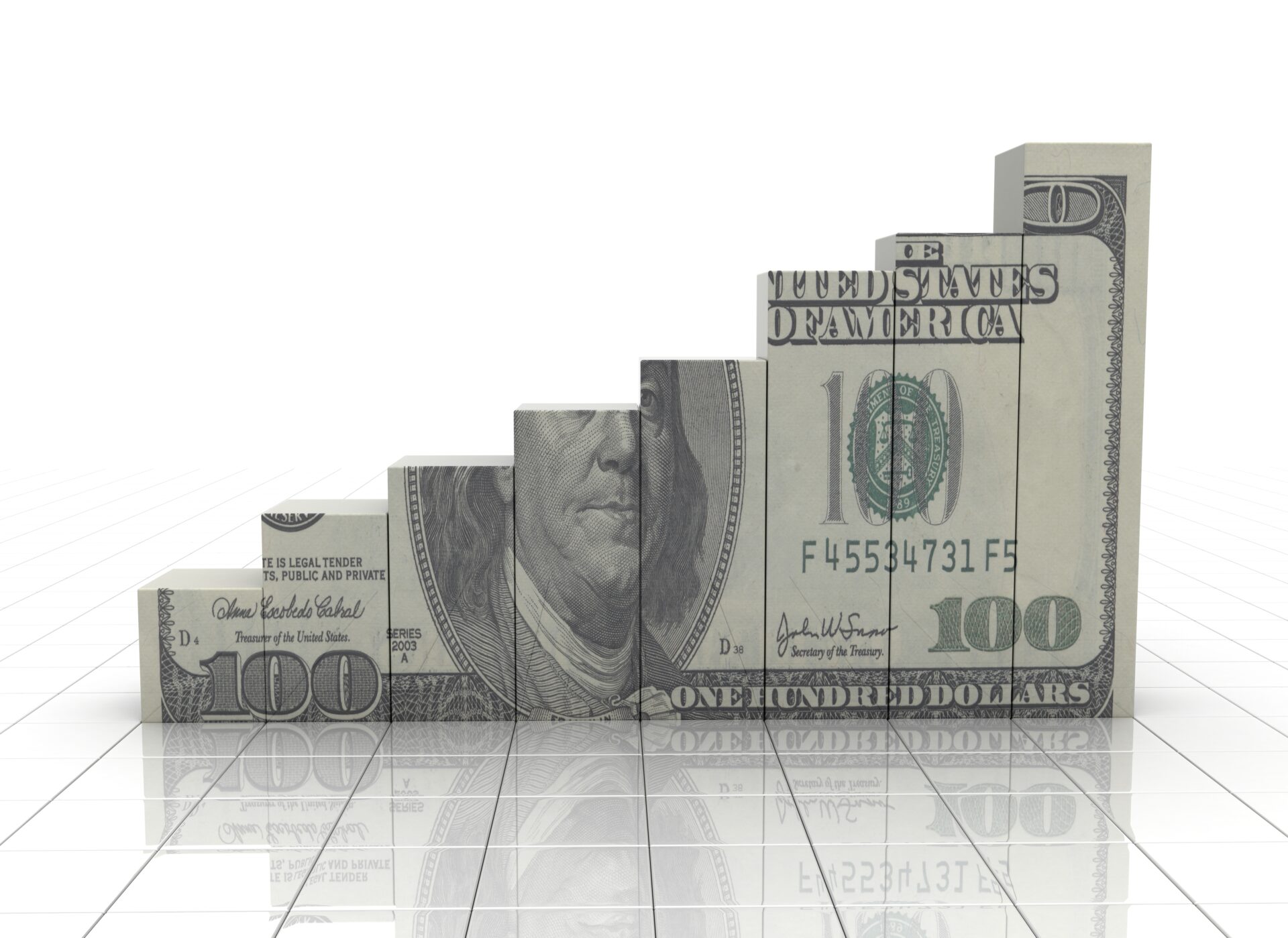When the Dow Jones Industrial Average sheds nearly 2,000 points and America’s billionaire class loses $172 billion in wealth over a single trading week, it isn’t a tragedy—it’s a symptom. Not of capitalism gone wrong, but of government policy sending the wrong signals. The cause? President Donald Trump’s sweeping new tariffs aimed at reclaiming America’s industrial might—and the Wall Street panic that followed.
Now let’s be clear: No tears should be shed over the $21 billion Larry Ellison lost this week, or the $19 billion wiped from Bernard Arnault’s luxury empire. But what does matter is how these market tremors affect the retirement portfolios, 401(k)s, and investment accounts of hard-working American families. And even more important—what this moment reveals about the state of our economy, our national priorities, and the fight to return real production to U.S. soil.
Tariffs: The Panic of the Rich or the Beginning of a Reset?
Critics from the usual suspect corners—legacy media, coastal elite economists, and free-trade absolutists—are practically foaming at the mouth over Trump’s 10–34% tariff plan. “It’s economic war!” they cry. “It’s going to cost Americans $3,800 a year!” they shout.
Let’s be real: those same voices were perfectly content when America shipped its manufacturing base overseas, flooded our markets with Chinese garbage, and gutted working-class communities across the Midwest. So spare us the lectures on “global harmony.”
President Trump has been blunt: these tariffs are a “declaration of economic independence.” And they are. They’re a shot across the bow of a trade system that’s worked beautifully for multinational corporations and communist China—but left millions of Americans behind.
The market doesn’t hate the tariffs because they’re bad policy. It hates them because they threaten the status quo—cheap labor abroad, unlimited imports, and quarterly profits propped up by global dependency.
Market Mayhem: A Buying Opportunity in Disguise?
Investors with their eyes wide open should see this moment not as a reason to panic—but as a reason to pounce.
Look past the fear, and you’ll see the makings of a long-term American resurgence. If tariffs bite into foreign profits, who wins? U.S. manufacturers. If supply chains shorten and production comes home, where does the capital flow? Right into American infrastructure, automation, logistics, and—yes—labor.
Think of companies like Nucor, Caterpillar, GE Aerospace, and domestic energy giants. As the rules of trade shift, so will the flows of investment.
Elon Musk, despite losing billions this week, is still positioned as a central figure in this American industrial revival. With control over SpaceX, Tesla, and now the Department of Government Efficiency, Musk may be one of the few billionaires who stands to gain from a stronger domestic footprint—even if short-term market chaos batters his balance sheet.
What This Means for Everyday Americans
For retirees, small investors, and patriots watching their portfolios bob and weave, don’t let the noise fool you. Markets hate change. But America has always been a country that grows through transformation.
The tech bubble popped. We grew. 2008 collapsed Wall Street. We adapted. COVID locked us down. We came back stronger.
Today’s tariff-induced tremors are a sign that the world is adjusting to a new American strategy—one that no longer tolerates being China’s doormat. Yes, it’s bumpy. But economic sovereignty was never going to be smooth sailing.
The best way to win in this new economy? Watch where the government points its power and capital. Defense, energy, infrastructure, and manufacturing will be the pillars of the next economic chapter. So invest accordingly.
Final Word
We don’t mourn when billionaires lose a few digits off their net worth. We don’t panic when the market flinches. We use it as a signal. A signal that change is here—and those who adapt first will win the most.
Let the left cry about tariffs. Let Wall Street whine. Meanwhile, Main Street gets a chance to rise again.










